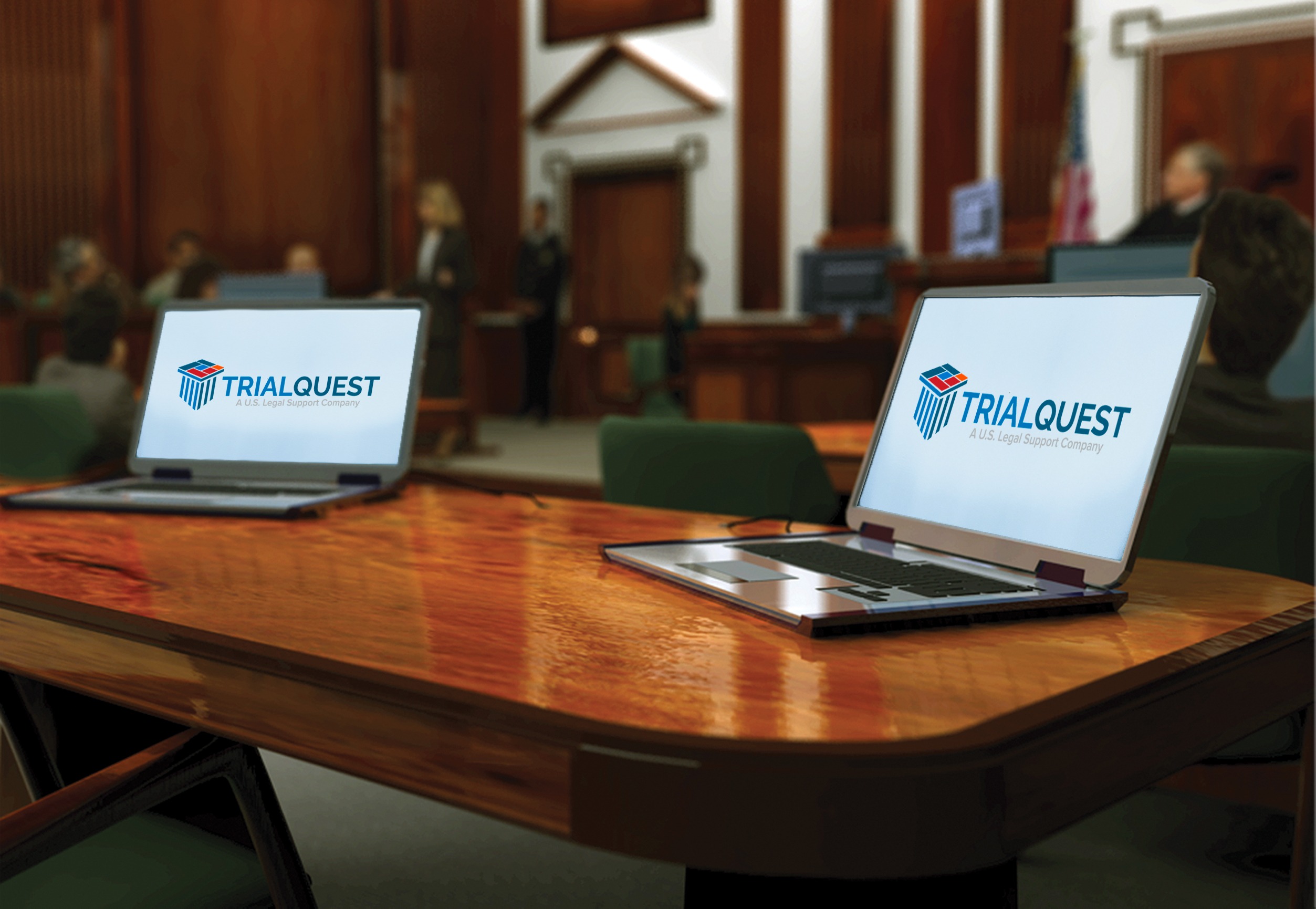How to Enhance the Art of Trial Presentations for Optimal Legal Impact
How to Enhance the Art of Trial Presentations for Optimal Legal Impact
Blog Article
The Power of Visuals in Trial Presentations for a Winning Disagreement
The integration of visuals in test discussions has emerged as a crucial factor in efficiently communicating complicated disagreements to jurors. By using different types of visual help-- be it diagrams, photos, or animations-- attorneys can enhance understanding and retention, ultimately shaping the court's perception of the case.
Value of Visuals in Trials
In many lawful settings, visuals play a vital function in enhancing the effectiveness of test discussions. The assimilation of visual components can significantly influence jurors' understanding and retention of intricate details, therefore forming their assumptions and decisions. Visuals, such as graphes, representations, and photos, can streamline intricate narratives, making them more accessible and compelling.
Additionally, the human brain processes visual info much more successfully than text, which emphasizes the importance of incorporating visuals right into legal disagreements. By converting thick legal principles right into visual styles, attorneys can promote more clear communication, making certain that bottom lines are not overlooked throughout tests.
Additionally, visuals offer to involve jurors on a psychological degree, promoting a link to the situation that words alone might fail to attain. The calculated use visuals can evoke empathy, triggering jurors to take into consideration the human facets of the instance.
Ultimately, the significance of visuals in tests lies in their ability to enhance quality, improve juror engagement, and reinforce the story being presented. This powerful combination is essential for crafting persuasive disagreements that resonate with jurors and influence the result of lawful process.
Kinds Of Visuals to Utilize
Efficient trial presentations can significantly benefit from a selection of aesthetic devices that accommodate different elements of the situation. trial presentations. Making use of layouts and charts can efficiently damage down complicated info, making it more digestible for jurors. Flowcharts can highlight the sequence of events, while bar charts might succinctly compare pertinent information factors.

Animations and simulations can additionally play an important role, specifically in situations including technological data or complex circumstances. These visuals can dynamically stand for processes or actions, giving clearness and involvement that static images may not attain.
Moreover, infographics incorporate text and visuals to sum up essential information effectively. They can present timelines, statistics, and significant situation points in an aesthetically attractive way, making it easier for jurors to adhere to the debate.
Enhancing Comprehension and Retention

Enhancing comprehension and retention during trial presentations is essential for ensuring that jurors comprehend the vital elements of a case. Visual help work as powerful tools in this respect, equating complex info right into easily absorbable layouts. By using charts, layouts, and infographics, attorneys can streamline elaborate data and emphasize key factors that might otherwise be forgotten.
Studies have revealed that individuals maintain information dramatically much better when it exists aesthetically. This is specifically important in a test setting, where jurors may be bewildered by the volume of evidence and testimony. By tactically integrating visuals, attorneys can route jurors' focus to the most crucial aspects of the situation, reinforcing their understanding and memory of the product presented.

Producing Involving Discussions
Fascinating jurors' attention during trial presentations is necessary for sharing a compelling story. Involving presentations take advantage of aesthetic elements to create a remarkable experience that resonates with jurors. The tactical use graphics, animations, and videos can elucidate complicated information, making it much more easily accessible and relatable.

In addition, integrating narration techniques can enhance engagement. Providing proof in a sensible sequence that constructs sob story enables jurors to get in touch with the product on an individual degree. Numerous discussion styles, such as incorporating brief video clip clips or interactive aspects, can additionally endure interest and attention throughout the trial.
Eventually, an appealing discussion promotes a much more extensive understanding of the situation, making it possible for jurors to better value the disagreements being provided and resulting in a much more desirable result.
Study and Success Stories
Many case studies highlight the substantial impact of visuals in trial presentations, demonstrating their capacity to affect juror assumptions and eventually the end results of instances. A significant situation involving an individual injury case highlighted how the use of a 3D computer animation of the accident scene clarified complex information. Jurors reported really feeling even more informed and understanding, substantially guiding their choice for the complainant.
In one more instance, a corporate litigation instance made use of infographics to existing monetary information and timelines, making detailed information easily accessible. The graph allowed jurors to realize the nuances of the instance better than spoken descriptions alone. trial presentations. Consequently, the court returned a verdict that surpassed the customer's expectations
The engaging visuals not only assisted in creating doubt however also reverberated mentally with jurors, leading to a pardon. These success stories highlight the necessity of incorporating visuals into test presentations, as they improve understanding, retention, and inevitably, the persuasive power of lawful disagreements.
Conclusion
In conclusion, the strategic unification of visuals in test presentations dramatically enhances jurors' understanding and retention of intricate info. By using numerous sorts of visuals, attorneys can efficiently clear up essential factors and foster emotional links with the audience. Involving discussions, supported by compelling study, show the extensive effect that visuals can carry persuasive interaction. Inevitably, the power of visuals serves as an important component in attaining desirable trial outcomes.
Report this page